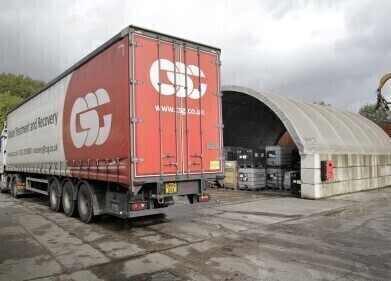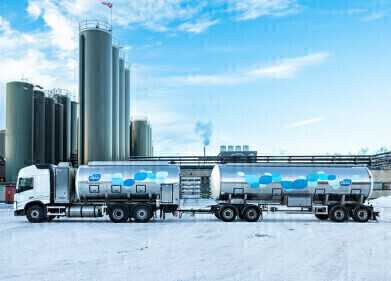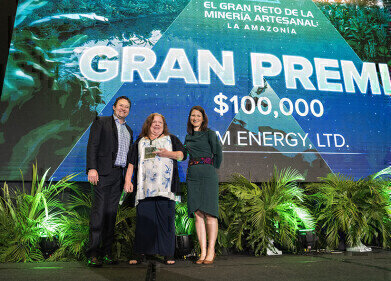Hazardous waste
Can Carbon Dioxide Be Turned into Stone?
Jun 07 2018
The ubiquity of carbon dioxide in our atmosphere, and its contributions towards global warming and climate change, have been viewed as some of the major environmental problems facing the modern world. With this in mind, scientists all over the globe have been pursuing carbon capture and storage (CCS) techniques to remove CO2 already present in the atmosphere.
One such technology is showing remarkable potential over in Iceland. Housed at the country’s largest geothermal power plant Hellisheidi, CarbFix is an international project which aims to remove carbon dioxide from the plant’s emissions and turn it into stone – forever. While currently only operating on a small scale, the technique could be unrolled across the globe to theoretically store the carbon from all fossil fuel reserves on Earth indefinitely.
Setting an Icelandic example
Iceland already boast impressive environmental credentials. Not content with gaining 100% of the country’s energy from sustainable means, the country is also aiming to become carbon neutral in the energy generation process, as well. The CarbFix process begins when CO2 is removed from the steam emitted by the volcanic power station and dissolved in vast amounts of water.
This gaseous water is then pumped one kilometre – or 3,200ft – underground, where it interacts with the rock and minerals beneath the surface to solidify. The process hinges upon the presence of basalt, which is found in copious amounts in Iceland. Due to its high concentrations of calcium, iron and magnesium, the basalt is able to bind the CO2 and store it in a solidified form. Best of all, the process takes a matter of months, rather than the millennia predicted by scientists before testing.
Small beginnings, big potential
Last year, CarbFix absorbed approximately 10,000 tonnes of CO2, or around one third of carbon emissions from the plant. However, such a figure pales in comparison to the 30-40 gigatons of CO2 emitted by the global populace on a yearly basis. In isolation, Heidishelli might not make much of a difference – but the pioneering work done here could provide the springboard for the project to be unrolled internationally.
“Basalt is actually the most common rock type on Earth, it covers most of the oceanic floors and around 10% of the continents. Wherever there's basalt and water, this model would work,” Sandra Snaebjornsdottir, a geologist at CarbFix. In particular, basalt is found in abundance in Saudi Arabia, Western India and the Pacific Northwest.
Water supply a sticking point
One potential drawback of the initiative is the copious amounts of water used to dissolve the CO2 after it has been extracted from the steam; for every tonne of carbon, 25 tonnes of water must be sourced. That might be fine for wetter climates like Iceland, but rain-starved regions such as the Middle East and South America might struggle to adopt it on a large scale.
With the UK sharing a similar climate to Scandinavia, CarbFix could theoretically function well here. Working in tandem with energy sources such as biomethane and shale gas, this particular form of CCS could help to improve British sustainability and lock away a significant amount of carbon for millions of years. With the Heidishelli experiment an unqualified success, the sky – or the substrata – is the limit for CarbFix.
Events
Carrefour des Gestions Locales de L'eau
Jan 22 2025 Rennes, France
Jan 29 2025 Tokyo, Japan
Feb 05 2025 Nantes, France
Feb 16 2025 Kampala, Uganda
Feb 26 2025 Chennai, India










